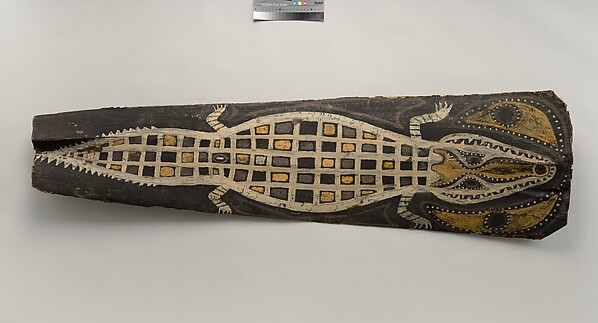Polly Christie and Sarah MacKinnon took us through the history of the 2014 Glasgow School of Art fire, beginning with how the building’s construction directly affected the scope of the disaster, taking us through the extent of the damage, and detailing the ongoing rescue process. Each component of this complex recovery project intersects with the others, demonstrating the interconnected nature of cultural heritage properties and the collections residing within.
Designed by Charles Rennie Mackintosh and built in phases, the Glasgow School of Art building is widely considered Mackintosh’s masterpiece, and is an early example of both total architecture and industrial design. The first phase, completed in 1899, saw the completion of the east wing, while the second phase, modified from the original plan, included the west wing and additions to the east wing, and showcases Mackintosh’s work at the height of his powers. The library tower, located in the west wing, borrows elements from Japanese architecture and was built to best accommodate the needs of the school. In addition, Mackintosh’s work includes an early air conditioning system of branched ventilation ducts running in straight lines through the entirety of the building.
These ventilation ducts, while certainly appreciated by the building’s occupants, were critically involved in the 2014 disaster. The blaze began in a basement studio and spread quickly throughout the building via the ducts, reaching the library tower and raging through the collections stored both in the stacks and in storage above the main library space. These collections were irreplaceable, including school archives, art created by alumni, historic furniture, and 11,000 special collections volumes.
The fire required 11 teams of firefighters and 24 hours to fight. Once the danger had passed, the mass of destroyed building and collections in the library tower was “excavated” or sorted through in one-meter-square areas, leading to the salvage of 81 volumes as well as important information about the underlying structure that would be used in the reconstruction effort. Triage systems and decision trees were established for sorting through the wreckage and recovering collections items.
A few collections merited particular mention in light of the recovery efforts. A large textile collection held in storage survived, but the packaging was destroyed; this was not covered by insurance claims, as the staff learned, and the collection is currently inaccessible while a new housing is designed and made. The school also has a substantial collection of plaster casts of famous sculpture, including three copies of the Venus de Milo. Insurance funds were diverted to treatment of certain casts, leaving the remainder to the care of volunteers, and one of the burnt Venuses was deemed not worth the effort. However, the blackened cast has captured the media’s imagination and public support for its treatment is high. In addition, the library was furnished with brass light fixtures, which became an intersection of the building fabric and the collections; many were dissociated in the disaster, and salvaged pieces will be reunited when possible. The school archives provided the original sketches of the lamps’ design and construction, and these will be used to restore the lights to functionality.
Lessons learned? Perhaps one of the biggest takeaways is that archival collections and other records can be valuable resources in recovering from a disaster. The better the records of a heritage building and its collections, the better the disaster response will be. Knowing the extent of one’s insurance cover is also important, as the Glasgow School of Art learned with regard to the textile collections. And as Christie and MacKinnon demonstrated with their remarks, in cultural heritage disaster response, everything is connected—from the fabric of the building to the collections housed within. In the end, Christie and MacKinnon advised attendees that choices made in disaster response will always be limited by the circumstances of the disaster; the best decisions to make are the best decisions you can make.







